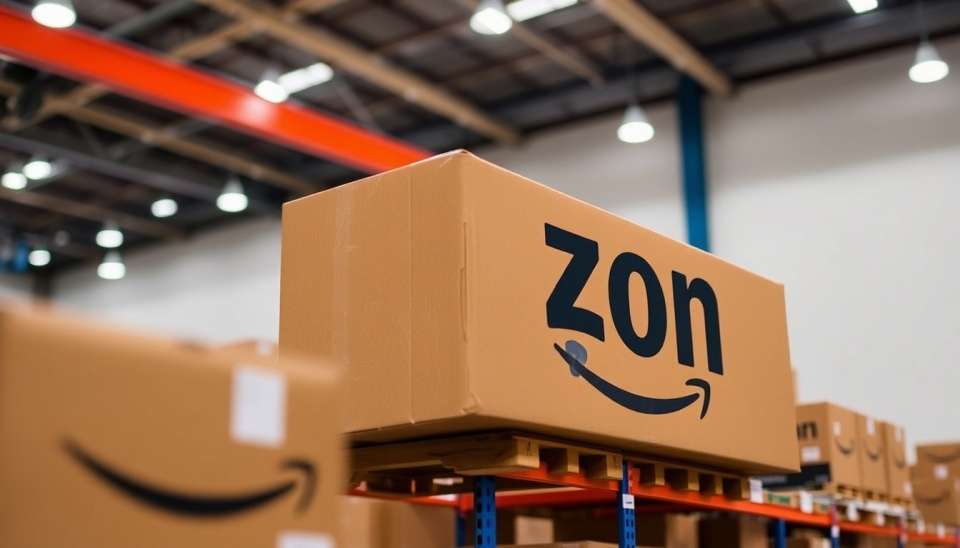
In a significant development for labor relations, the National Labor Relations Board (NLRB) has determined that Amazon must engage in negotiations with the Teamsters union, a decision that could reshape the landscape of labor at one of the world's largest corporations. This ruling comes amidst increasing scrutiny over Amazon’s labor practices and an invigorated push for unionization among its workforce.
The NLRB's decision was spurred by complaints from the Teamsters, who alleged that Amazon had been obstructing its efforts to organize workers. The union contends that the tech and retail giant has employed various tactics to suppress unionization, including intimidating employees and impeding their right to engage in collective bargaining. With this ruling, the NLRB emphasized the importance of fair labor practices and workers' rights to organize.
In an unexpected turn of events for Amazon, this ruling signals a growing shift in the business dynamic between labor unions and large corporations. The Teamsters, known for their robust advocacy for worker rights, see this as a vital opportunity to strengthen their presence within Amazon’s extensive logistics and delivery operations. The union aims to secure better wages, improved working conditions, and greater job security for workers who have often reported dissatisfaction with their roles.
Experts believe that this could be a turning point for Amazon, which has historically faced criticism for its treatment of workers. The public backlash and increasing demands for better workplace conditions have prompted market observers to speculate about the long-term implications of unionization at Amazon's facilities. Should negotiations commence, it could lead to a historic partnership between Amazon and Teamsters, altering labor relations across numerous sectors.
The Teamsters union has stated its commitment to the negotiations, expressing optimism about the potential for a more equitable workplace for all Amazon employees. Union leaders are prepared to present a unified front in pursuit of their goals and are hopeful that Amazon will take the necessary steps to engage constructively in discussions.
In anticipation of the NLRB's ruling, Amazon's management has reiterated its stance on being against unionization, claiming that the company prefers to directly engage with workers rather than involving third-party organizations. This conflict of interests reflects broader tensions between labor and management that have gained traction in the contemporary corporate environment.
As the situation develops, stakeholders will be closely monitoring how Amazon responds to the NLRB's directive and the subsequent actions of the Teamsters. The outcome of these negotiations could serve as a barometer for the future of labor relations not only at Amazon but across similar industries facing labor pressures in the United States.
In summary, the NLRB's ruling marks a pivotal moment for Amazon as it now faces the potential of union negotiations with the Teamsters. With labor dynamics shifting, the implications of this case extend beyond Amazon, highlighting a growing movement towards stronger labor protections and worker rights in the modern workforce.
#Amazon #Teamsters #LaborRelations #NLRB #Unionization #WorkersRights #CollectiveBargaining
Author: Liam Carter




